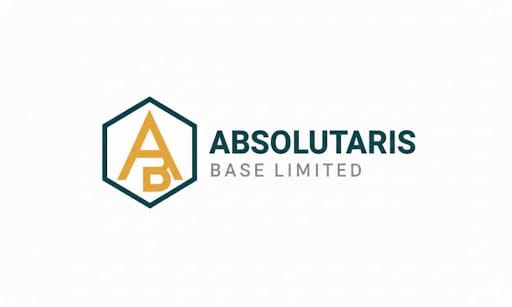Developer Tools Make Zero Knowledge Technology Accessible For Mainstream Blockchain Applications

According to Cryptonews, zero-knowledge proofs are moving from theoretical concepts into practical applications that ordinary developers can use. Tomer Weller, chief product officer at the Stellar Development Foundation, told the outlet that privacy has become essential for mass blockchain adoption. Weller stated that ZKPs enable both the openness that makes blockchains secure and the privacy that real-world users demand.
Layer-1 blockchains can now integrate with existing zero-knowledge stacks, as demonstrated by Stellar's recent implementation. Ivan Vulic, who spoke to Cryptonews, explained that Aztec's Noir and Risc0's zkVM make ZK practical for developers. These tools let programmers turn existing codebases into ZK-enabled applications without cryptography expertise. Open-source kits like zkVerifyJS and APIs through Horizen's Relayer allow developers to verify proofs with a single function call. Vulic stated this evolution will push ZKPs from specialized use cases into mainstream applications.
Zac Williamson, co-founder and CEO of Aztec Labs, told Cryptonews that Aztec Network is currently in testnet phase. The mainnet is projected to launch by early next year. Williamson stated that once live, users will see privacy-preserving applications built with ZK technology deployed and available for all.
Enterprise Privacy Becomes Non-Negotiable
Weller explained to Cryptonews that while privacy was acceptable to sacrifice for early crypto adopters, it has become non-negotiable for enterprises. Businesses require privacy when using public ledgers, and many of these issues can be resolved through zero-knowledge proofs. ZKPs allow someone to prove something is true, like having sufficient funds or compliance status, without exposing the underlying data.
Medium reported in July 2025 that Google integrated ZK-proofs into its Wallet service. This marked a watershed moment for mainstream adoption. Google announced an update allowing users to verify their age privately via blockchain-based ZK technology. Dating app Bumble became the first partner, enabling users to prove they are adults without sharing birthdates or identification documents.
Ethereum developers achieved a technical breakthrough in late May 2025. Startup Succinct generated validity proofs for Ethereum blocks in about 10 to 12 seconds, roughly equal to Ethereum's block time. Co-founder Uma Roy proclaimed this was ZK's man on the moon moment. Real-time Ethereum proving has landed, potentially allowing Layer-2 rollups to verify and finalize transactions within a single block interval.
Standards And Infrastructure Drive Adoption
The National Institute of Standards and Technology set an anticipated 2025 deadline to standardize zero-knowledge proofs, according to CryptoSlate. As part of its Privacy-Enhancing Cryptography initiative, NIST opened a Threshold Call for researchers to submit proposals. Experts have been asked to submit and refine ZKP schemes to ensure consistency, security, and usability across applications.
Rob Viglione, CEO of Horizen Labs, wrote for CryptoSlate that formal standards will accelerate enterprise adoption of ZK technology. Standards reduce risk and promote interoperability between different blockchain systems. NIST has collaborated with the ZKProof initiative since 2019, supporting the development of open reference material on zero-knowledge proofs.
The Bit Journal reported in June 2025 that total value locked on Polygon's zkEVM soared past 312 million dollars in the first quarter of 2025. This represented a 240 percent increase year-over-year as DeFi platforms Aave and Balancer went live on the rollup. ZKsync Era processed 276 percent more daily transactions quarter-on-quarter after projects like Lens and WonderFi migrated to the platform.
The same outlet noted that ZKPs now anchor the most ambitious scalability plans and the strictest privacy guarantees in crypto. As ecosystems move funds onto zk-rollups, and as mobile-grade provers empower consumers, a new default is emerging. Public-ledger transparency exists when regulators need it, while blockchain privacy protects users when they demand it.
Further Reading
For those interested in decentralized governance and blockchain infrastructure, our comprehensive DAO tooling guide provides detailed analysis of over 100 platforms and tools used in decentralized governance. The guide covers voting mechanisms, treasury management, and community coordination systems that help organizations operate transparently while maintaining participant privacy.





